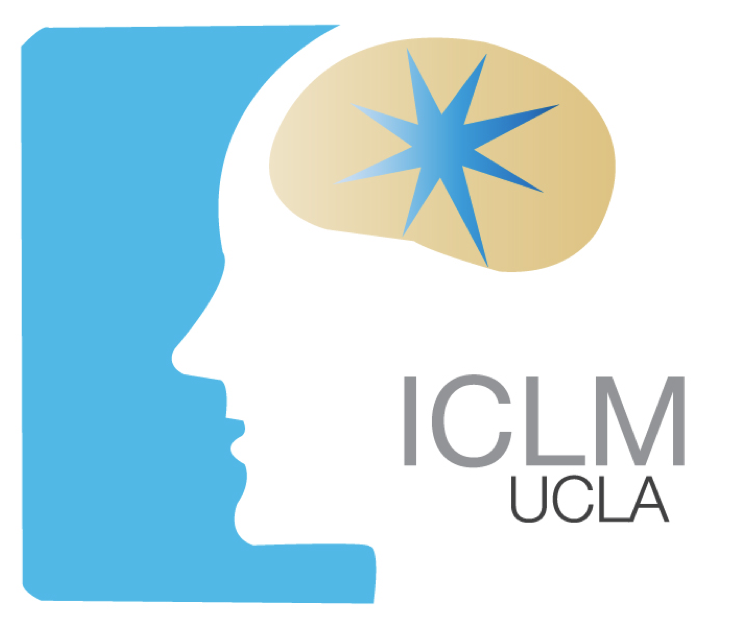
Mario Dipoppa
The theoretical and computational neuroscience laboratory led by Mario Dipoppa, is dedicated to unraveling the principles underpinning the computations of the cerebral cortex. The cerebral cortex is the seat of high cognitive functions. Despite the astonishing complexity of its operations, the cortex exhibits a consistent structure that likely underlies common canonical functions and computations. Discovering these canonical computations would help us gain a deeper understanding of intelligence in the mammalian brain and shed light on neural disorders. His laboratory addresses fundamental questions that are vital to developing comprehensive theories of canonical computations in the cortex:
- How do cortical dynamics give rise to canonical computations?
- How do biophysical constraints and computational needs shape the properties of cortical circuits?
- How is information represented and transformed across populations of cortical neurons?
To tackle these questions, we employ a multidisciplinary approach that combines data-driven circuit models, biologically realistic deep learning models, abstract neural network models, and machine learning methods to analyze the neural code.
Lab Website
Recent Publications
Tring E, Dipoppa M, Ringach DL (2023), A power law of cortical adaptation, bioRxiv, 548134
Di Santo S, Dipoppa M, Keller AJ, Roth MM, Scanziani M, Miller KD (2022), Unifying model for three forms of contextual modulation including feedback input from higher visual areas, bioRxiv, 493753.
Bugeon S, Duffield J, Dipoppa M, Prankerd I, Ritoux A, Nicolotsopoulos D, Orme D, Shinn M, Peng H, Forrest H, Viduolyte A, Reddy CB, Isogai Y, Carandini M, Harris KD (2022), A transcriptomic axis predicts state modulation of cortical interneurons, Nature, 607: 330-338.
Schmidt ERE, Zhao HT, Park JM, Dipoppa M*, Monsalve-Mercado MM*, Dahan JB, Rodgers CC, Lejeune A, Hillman EMC, Miller KD, Bruno RM, Polleux F (2021), A human-specific modifier of cortical circuit connectivity and function improves behavioral performance, Nature, 599: 640-644. *contributed equally
Whiteway MR, Biderman D, Friedman Y, Dipoppa M, Buchanan EK, Wu A, Zhou J, Bonacchi N, Miska NJ, Noel J-P, Rodriguez E, Schartner M, Socha K, Urai AE, Salzman CD, Cunningham J, Paninski L (2021), Partitioning variability in animal behavioral videos using semi-supervised variational autoencoders, PLOS Comput. Bio., 17: e1009439.
Keller AJ*, Dipoppa M*, Roth MM*, Caudill M*, Ingrosso A, Miller KD, Scanziani M (2020), A disinhibitory circuit for contextual modulation in primary visual cortex, Neuron, 108: 1-13. *co-first authors
Minni S*, Ji-An L*, Moskovitz T, Lindsay G, Miller KD, Dipoppa M, Yang GR (2019), Understanding the functional and structural differences across excitatory and inhibitory neurons, bioRxiv, 680439. *co-first authors
Dipoppa M, Ranson A, Krumin M, Pachitariu M, Carandini M, Harris KD (2018), Vision and locomotion shape the interactions between neuron types in mouse visual cortex, Neuron, 98: 602-615.
Pachitariu M, Stringer C, Dipoppa M, Schröder S, Rossi LF, Dalgleish H, Carandini M, Harris KD (2017), Suite2p: beyond 10,000 neurons with standard two-photon microscopy, bioRxiv, 061507.
 I.C. Learning & Memory
I.C. Learning & Memory